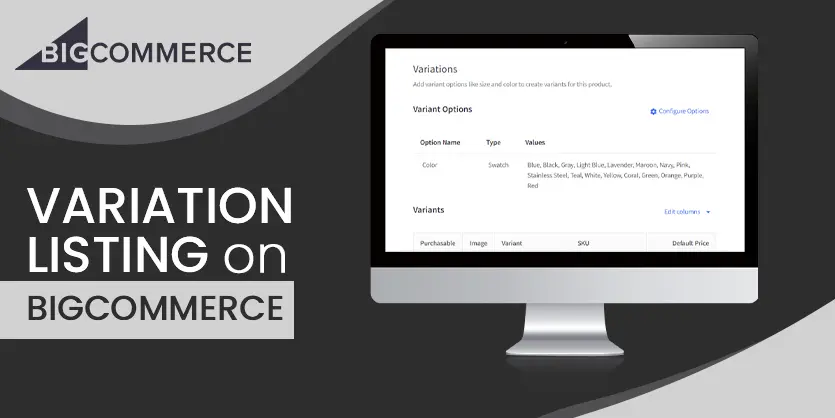BigCommerce is a leading hosted eCommerce platform that allows e-merchants to build an online store effortlessly thanks to numerous built-in features. Thus, all you need to do is to sign up and personalize your website as you wish. Along with Shopify and Magento, BigCommerce has become the top choice for e-merchants to build their businesses.
Search Engine Optimization or SEO helps Internet shoppers discover your products on search engines such as Google and Bing faster.
You may be just setting up your site, but it’s never too early to start thinking about SEO. No matter what it is that you’re planning on selling, you can bet that there are already dozens of other stores online that sell similar products. So, there’s a lot of competition, and there are only so many customers to go around.
To break into the top results, you’ll need to include the keywords that customers are searching for in the content of your site. But you can’t include them without any context, or else Google will penalize you. Maintaining an active blog on your BigCommerce store is an excellent way to include lots of relevant keywords without getting penalized. With a little imagination, you’ll find that there are endless topics to write about, and this provides you with endless opportunities for adding keywords to your store and improving SEO.
Create a new page
Login to your Bigcommerce account
1. Go to “Storefront”.
2. Select “Web Pages”.
3. Select “Create a Web Page”.
4. There are several options for creating your page. You can use BigCommerce’s built-in editor to create a page from scratch, and you can also link directly to another page or document, display an RSS feed, add a contact form, or enter raw HTML.
In the “Navigation Menu Options” section, you can decide whether the page will be featured in your store’s navigation menu. You also have the option to attach it to a parent page.
In the “Advanced Options” section, you can add search engine optimization (SEO) elements such as your page title, meta keywords, meta description, and search keywords. We recommend that you take the time to fill out these fields for each of your pages, as they’ll help you attract more traffic to your store.
You can also use an alternate template file for the page, set the page as your home page, and restrict the page to customers only.
When you’re done, select “Save & Add Another”.
Create a new blog post:
1. For blog posts at first go to “Storefront”.
2. Select “Blog”.
3. Click on the plus sign icon.
4. In the built-in text editor, you have eight formatting options (normal text, quote, code, header 1, header 2, header 3, header 4, and header 5) and five font options (Arial, Helvetica, Georgia, Times New Roman, and Monospace) to work with. It’s easy to add images, videos, and tables as well.
In the “SEO (Optional)” section, you can customize the post’s URL and add a meta description.
Whenever you’re targeting a keyword, remember to include it in the post’s title, URL, meta description, and at least one heading. This will help you outrank your competitors.



